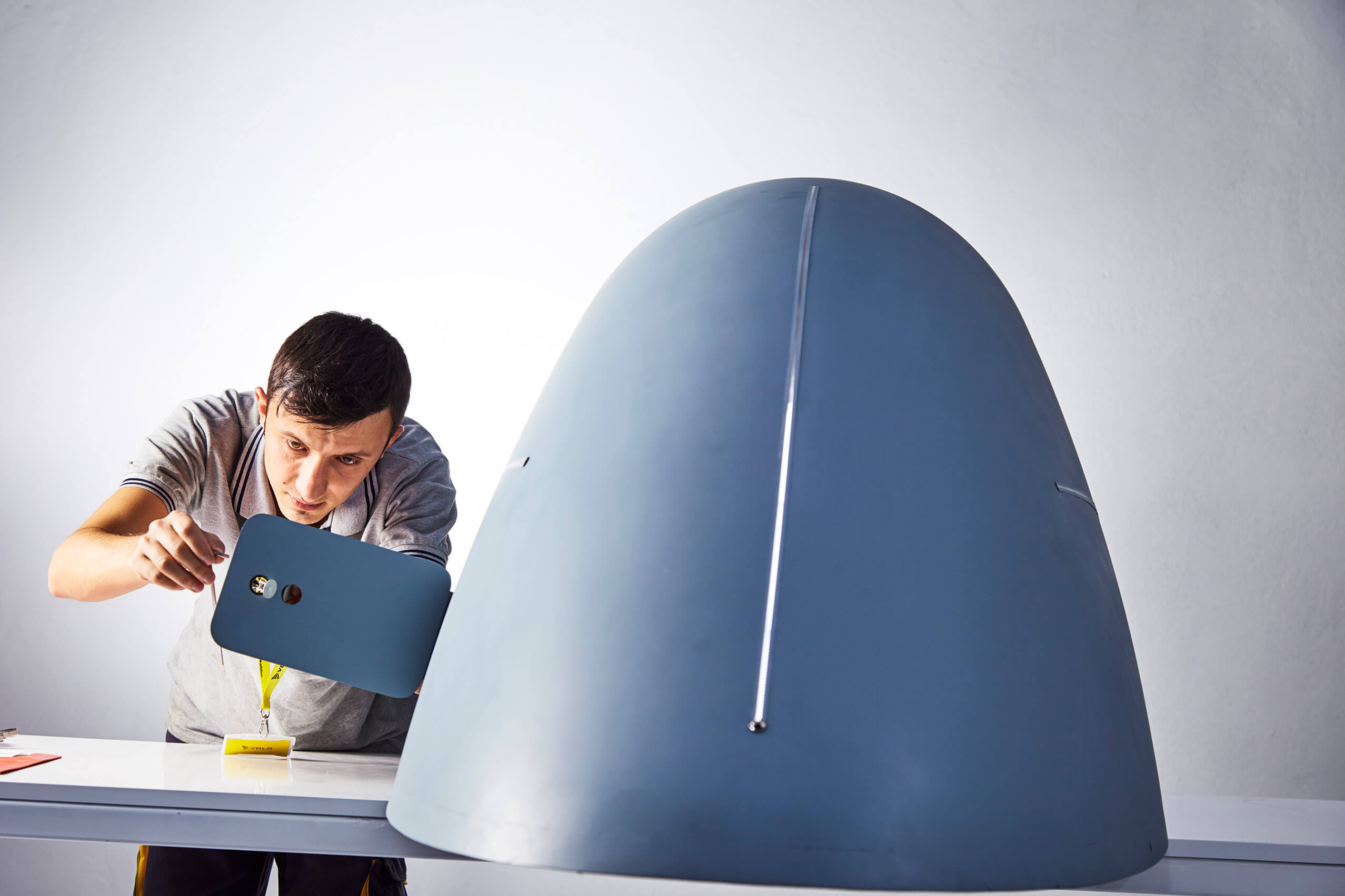Made to withstand harsh conditions while also performing well, a composite radome are a must for your radar system. Composite materials are crucial for the construction of a composite radome. Let’s start with what composite means then move on to why composite materials are important for radomes.
A composite material (also known as a composition material or composite) is a material composed of two or more component materials. These constituent materials have very different chemical or physical properties, and when combined, they form a material with properties that differ from the individual elements. Individual elements within the finished structure remain distinct and separate, distinguishing composites from mixtures and solid solutions.
Polyurethane foams are most commonly used as dielectric materials in the construction of radomes. Radomes are structures that provide a protective barrier between an antenna and its surroundings while having little impact on the antenna’s performance. Communication, telemetry, and radar systems must have high levels of safety, security, and dependability. Radomes serve a variety of functions in such demanding applications, including outdoor protection from wind, rain, snow, hail, sand, insects, UV damage, and temperature fluctuations, all of which can impair an antenna’s ability to function properly and optimally.
A composite radome;
is made up of panels that come together to form a spherical shell that protects the enclosed antenna. The framework is formed by the panels and the flanges that hold the panels together, and it is in the path of the shielded antenna and signal. When a radome is constructed with the proper materials and configuration for the RF range and application, it can be electronically invisible. When this is not the case, the radome structure can have a significant impact on the signal’s function and efficiency.

Polyurethanes are a common composite material used in land-based, space frame radomes;
It enables the construction of self-supporting, hydrophobic, antimicrobial radome panels that can be formed into 2- and 3-layer sandwich panels for desired thermal insulation without the use of positive pressure. These panels are also designed to allow for simple antenna performance optimization in order to eliminate dielectric framework scattering and wall insertion loss.
A composite radome is typically constructed using layup or prepreg methods in which a resin reinforced laminate material is bound to low or medium density polyurethane foam. The layup or prepreg materials used can vary depending on the application, but there are numerous options. The majority of the prepreg or laminate materials on the market are compatible with rigid polyurethane foam. Sandwich panels that support themselves provide tunable multiband performance, thermal insulation, and robust physical characteristics, making them the most versatile radome framework configuration.

Polyurethanes are also used in aircraft as composite materials and as protective structures on the leading edges of aircraft radomes to protect against erosion damage while ensuring proper signal from the aircraft antenna. Polyurethanes are particularly useful in aerospace applications that require functional, lightweight materials. Polyurethane foams provide an effective solution for cost-effective materials that are both versatile and robust in all radome applications. Material that is easily optimized allows for high performance with low dielectric interference. other radomes: airborne radome

